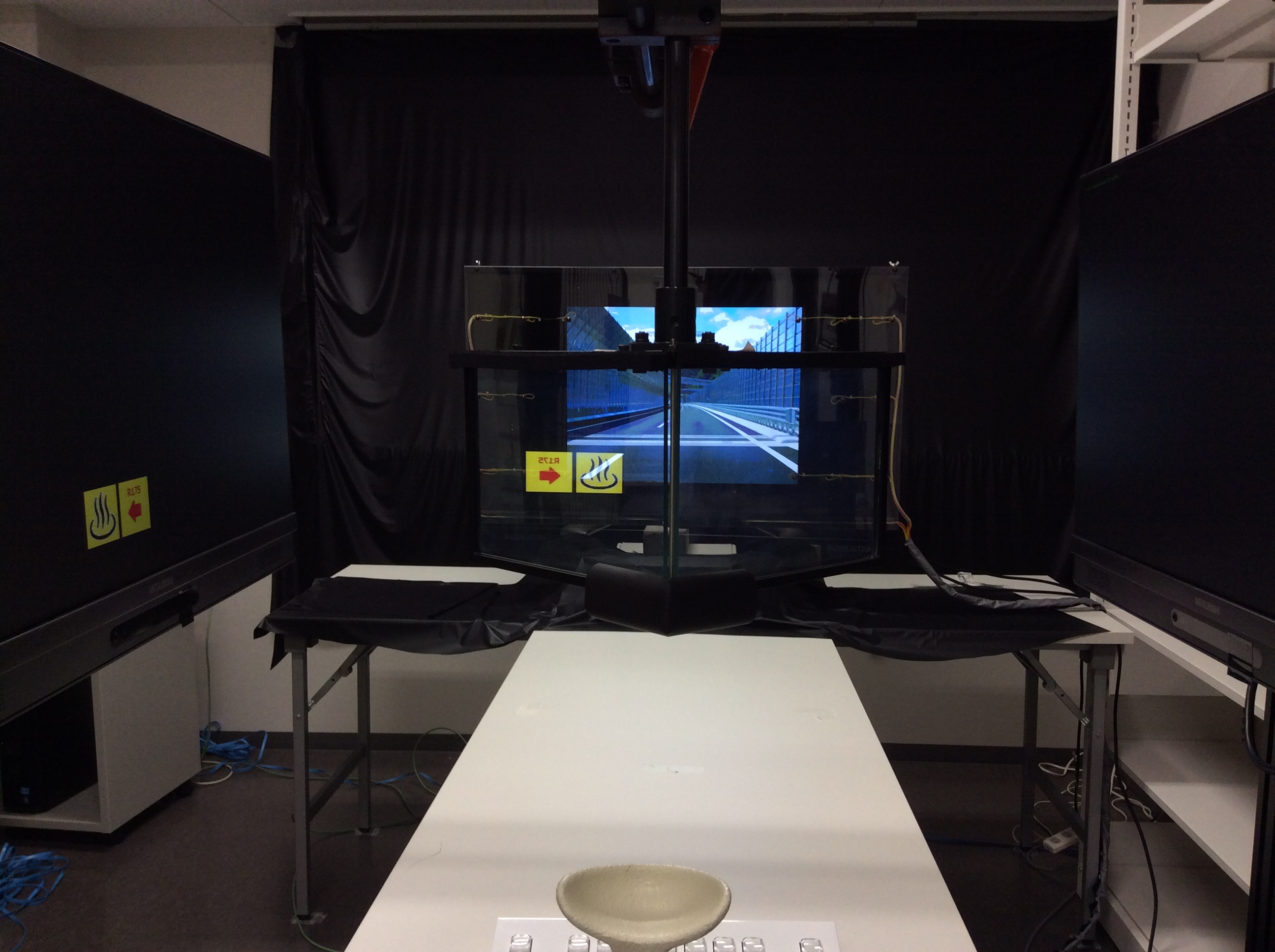Workshops
|
FCFull Conference Pass (FC - All Days)
FC1Full Conference Pass (FC - 1-Day Only)
BCBasic Conference Pass
ExExhibits Only
ETElectronic Theater Ticket
RTReception Ticket
|

Psychological research issues on visual attention while using head-up display
Using a head-up display (HUD) for an in-vehicle visual display is attractive but it includes some safety problems to be solved. Two issues on driver’s visual attention should be considered. One is concerned with shift of attention between virtual image and background. Visual attention has a “depth-aware” feature. Thus, even when drivers do not need to physically move eye direction to see several objects located at different distances, they are unable to focus their attention on them all at once. The other is concerned with information selection. When we recognize visual content, it is necessary not to look fixedly but also to direct visual attention to it. Visual attention enables us to bring information into cognitive processes. When we use a binocular HUD, both virtual image and the background are obtained and stored in the visual working memory. Information selection from the visual working memory is relatively difficult, particularly when many visual objects are included. It can induce detection failure and distraction. One solution for these issues is a monocular HUD. It presents virtual image to one eye by using a polarizing filter or a haploscope. When a monocular HUD is used, binocular disparity is not available as a depth cue, so drivers cannot precisely perceive the distance to the virtual image. Because of lack of depth perception, shift of attention from the background to the virtual image does not occur consequently. Furthermore, by using a monocular HUD, drivers can select visual information at the stage of visual inputs, which is the earlier stage of human information processing. It seems to be more efficient compared to that in the working memory stage. Findings supporting the superiority of monocular HUD have been obtained but further study is needed to clarify how a monocular HUD brings benefits.
Presenter(s)
Kazumitsu Shinohara, Osaka University

